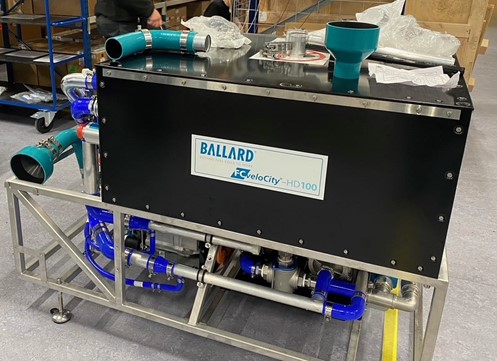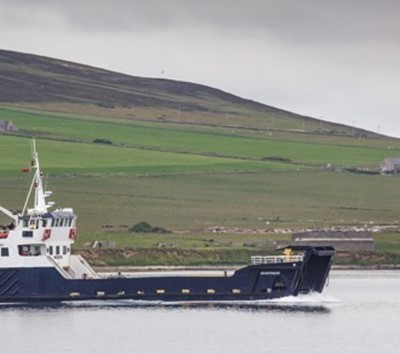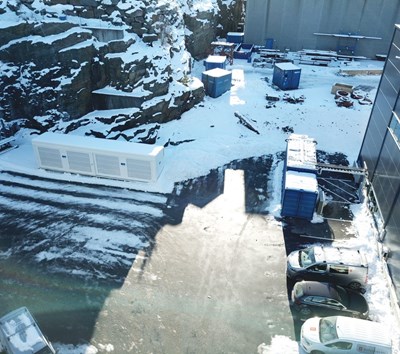February has been an exciting month for the HySeas III team with construction of the String Test now well underway at the test site. Several key components have now arrived including the six Ballard HD-100 fuel cells each of 100 kW capacity.
The Ballard FCveloCity-HD is a heavy duty proton exchange membrane (PEM) fuel cell, as shown in the top image. PEM fuel cells operate by using a supply of hydrogen and oxygen (usually from air). The hydrogen atoms are then passed over the proton exchange membrane, this creates H2O and releases excess electrons which produces an electrical current. As a result, these fuel cells can produce zero emission electricity with the only by-product being water.
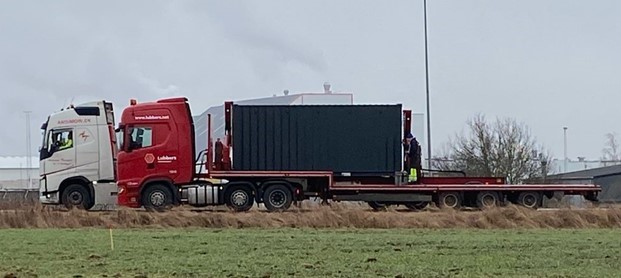
Figure 2: The fuel cell containers being loaded and leaving Hobro, Denmark
A container has been used as a housing unit for these fuel cells, Figure 2 shows a shot of this first arriving at the test site. Exhaust fans were fitted to the fuel cell container for safety and temperature control purposes (Figure 3). When operational, fuel cell performance has no degradation between -30°C and 45°C (more details here), however ventilation is still required for cooling purposes in an otherwise small and enclosed container and fuel cells, apart from producing water and electricity, also produce heat
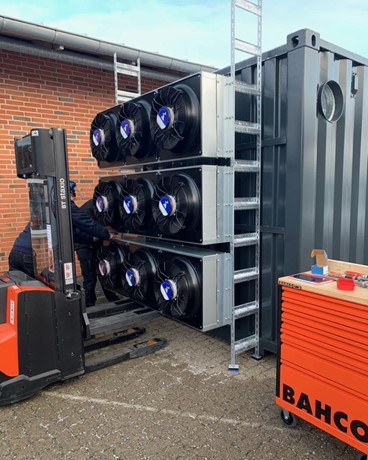
Figure 3: Installation of temperature control system for the fuel cell container
A view of the fully installed fuel cells from inside the container is visible in Figure 4. This is an important milestone on the pathway towards the String Test and showcasing how this technology could be used in future maritime systems.
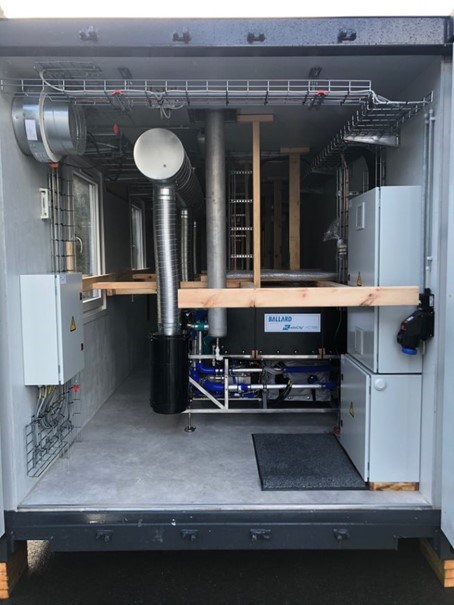
Figure 4: Completed installation of Ballard HD-100 fuel cells
CAAP panel installation
One of the key objectives of the HySeas III project is to ensure that sufficient health and safety protocols are in place. To facilitate this, a critical alarm and action panel (CAAP) has been installed in February 2021. An image of this panel is shown in Figure 5, this has been designed by Kongsberg and ensures that all components of the String Test have alarms and shut down controls in one place.
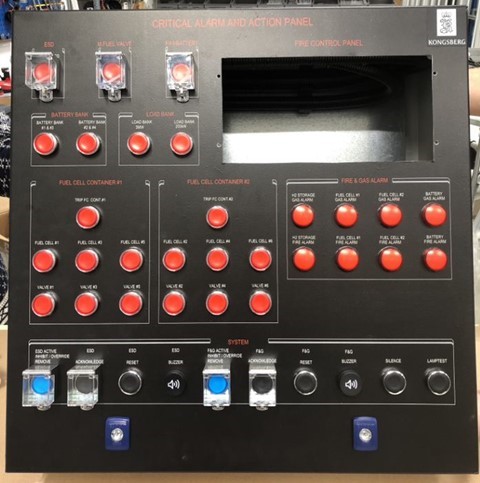
Figure 5: Critical alarm and action panel (CAAP) installed at the test site
